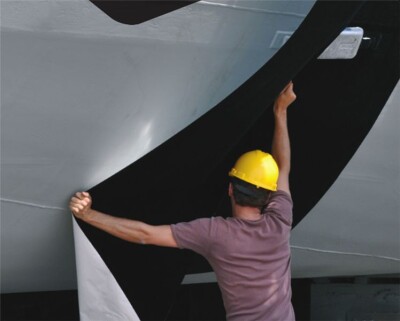If you talk to a salmon fisherman or a local from an Alaska fishing community about the history of salmon fisheries in Alaska, you are certain to hear a resilient and proud narrative. You will learn of the hardships faced and the resolve to overcome them. Sustainability is at the core of deeply held values that protect and ensure the health of the resources we harvest. For generations — long before Alaska became a state in 1959 — we have worked to harvest our salmon in innovative ways, striving to be the best. Because of this commitment to the environment and resources, fisheries management in the state of Alaska has become a global model.
From the 1964 earthquake that devastated spawning grounds, to the Exxon Valdez Oil Spill of 1989 and the depressed salmon runs of the 1970s, Alaskan fishermen and the communities that support them were hard pressed to rebound. Ideas and solutions to these challenges marshalled expertise and input from fishermen, small-town business owners, governors, and congressional leaders alike.
Alaskans united to take control of their economic destiny. The Alaska hatchery program was established with the support of the late U.S. Sen. Ted Stevens, the Alaska state Legislature and many others. Sen. Stevens referred to a hatchery effort in southcentral Alaska as “one of the greatest community projects [he had] ever witnessed.” In addition to state-run hatcheries, there are now eight non-profit salmon hatchery associations with more than 20 sites that stretch across Alaska’s southwest, southcentral and southeast regions.
We all know salmon returns ebb and flow, just like the waters where they thrive. Alaska’s hatchery program was developed in the 1970s to reduce the economic hardship that communities and user groups faced in years of poor returns. Unlike hatchery programs in other states aimed at replacing wild runs that have been lost to habitat or management practices, Alaska’s hatcheries have focused on enhancing wild salmon runs and increasing opportunities for all harvesters. Over the past 40 years, on every level, Alaska’s hatcheries have delivered on their promise, just as Sen. Stevens and the Legislature intended.
In 2018, Alaska experienced alarmingly low wild salmon returns in many regions. This sparked debate among user groups as to the cause. Similar to many places around the globe, Alaskans have competing views when it comes to the health of our oceans, our wild fish stocks, and what we should do to address the changes we see in our environment. The silver lining amid such change is our commitment to the continuation of valuable long-term pioneering research. Alaskans are working together to learn more about the best solutions for the challenges we face.
The Alaska Hatchery Research Project is a comprehensive multiyear research effort taking place to fine-tune best practices and to gather data on wild-hatchery salmon interactions and impacts. The project will result in one of the most extensive data gathering and analytical efforts ever completed in this field. This information will help the Alaska Department of Fish and Game, hatchery managers, and others review and improve the program based on this additional valuable information.
Alaska’s hatcheries produce hatchery-born ocean-raised salmon for the consumption and economic benefit of all user groups in Alaska and maintain Alaska’s economic foothold in the global marketplace. Alaska’s economy and fisheries are thriving thanks to the vision of current and past policymakers as well as the resiliency of the communities and fishermen they represent. Today, Alaskan fishermen from all backgrounds are benefiting from stronger enhanced harvest. Whether they’re dipping a net from a beach on the upper Copper River in the Interior, setting a seine net off the rocks at Kodiak Island, or casting a line into the clear water streams of the Tongass, fishermen are profiting from careful scientific management.
With a solid foundation in science-based management, annual reviews by the Alaska Department of Fish and Game, stakeholder input through regional planning teams and the Board of Fisheries, and collaboration with all statewide salmon fishery associations, Alaska’s eight nonprofit hatchery associations are led by a data-driven self-sufficient business model. The effect of this mission is millions of dollars of annual economic output in-state, resulting in nearly 1 billion meals per year worldwide, and stability to coastal communities and users across the state. The Alaska hatchery program is here to serve the public, our environment, and ensure sustainable salmon runs for generations. That’s something for which we can all be proud.
The eight non-profit Alaska salmon hatchery associations are part of Salmon Hatcheries for Alaska, an effort dedicated to raising awareness statewide and educating the public on salmon hatcheries and the ways in which they operate and directly impact and benefit local economies and sustainable salmon runs for all Alaskans. To learn more about the Alaska hatchery program, visit salmonhatcheriesforak.org.







